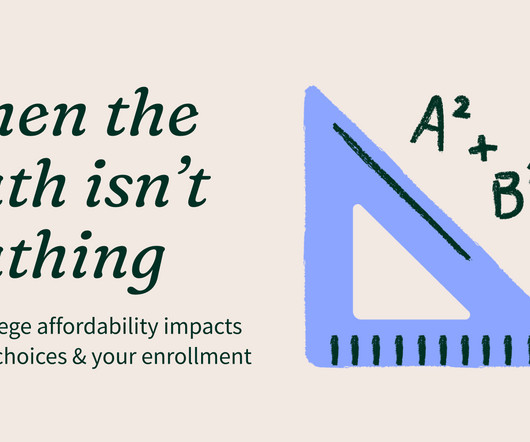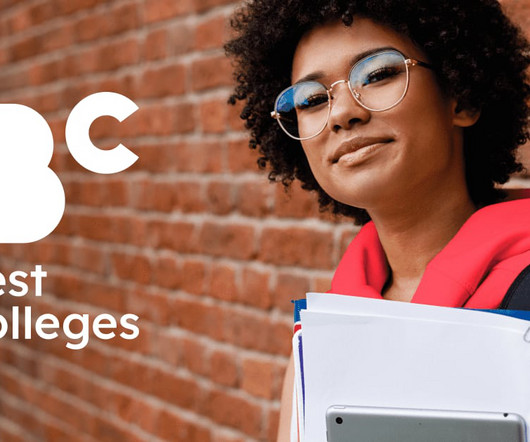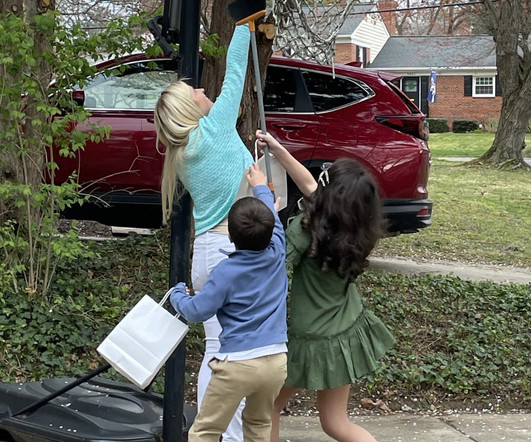When the Math Isn’t Mathing: How College Affordability Impacts Student Choices and Your Enrollment
Niche
NOVEMBER 14, 2024
But the truth is, college enrollment has been declining since 2010 and has continued to fall since the start of the pandemic. After increasing for decades, traditional undergraduate college student enrollment peaked in 2010 at around 18.1 38% report they definitely plan on taking out loans while 39% remain undecided.

















Let's personalize your content